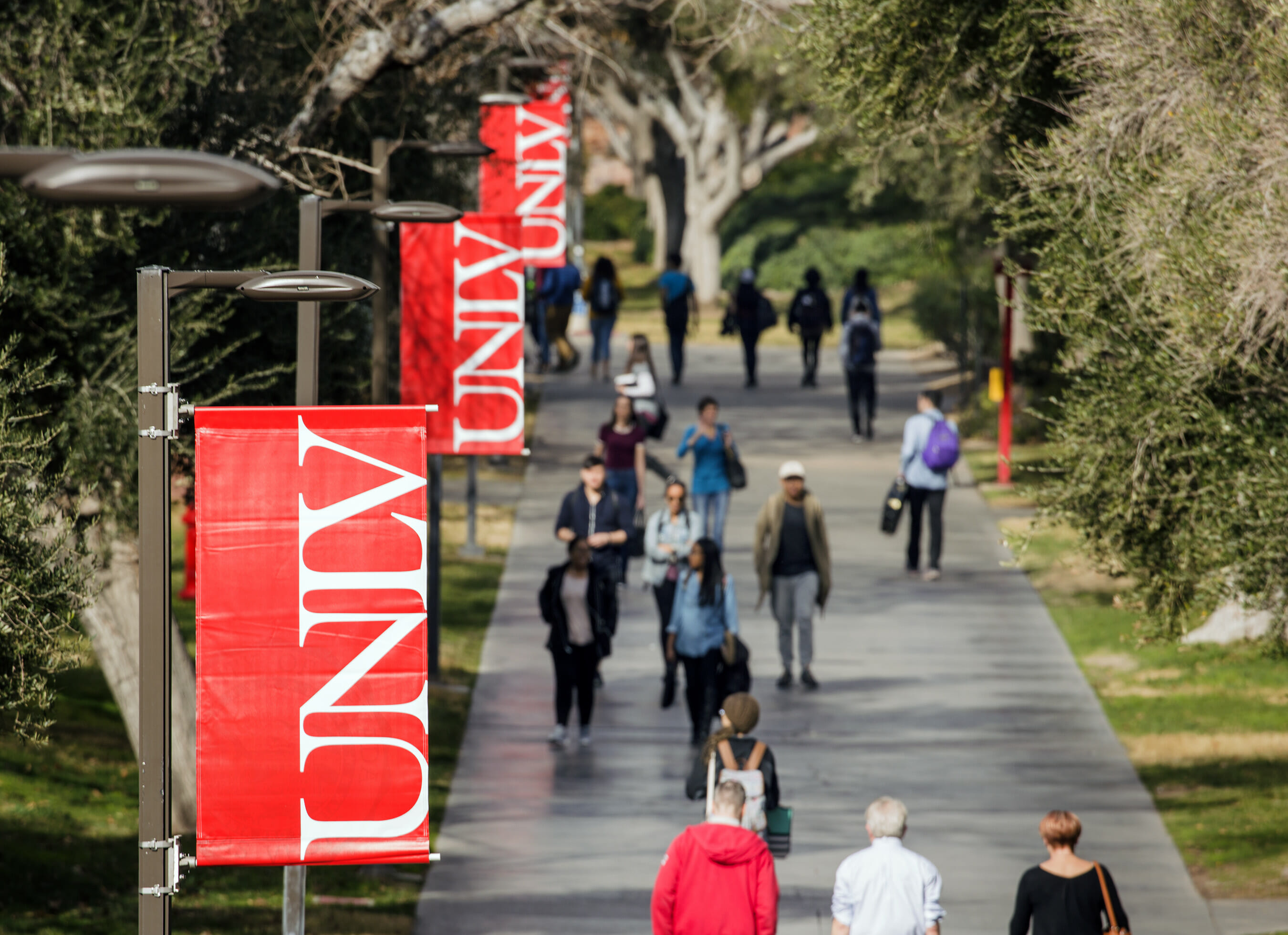The Indy Outlook: Beyond Tier 1 -- Assessing Social Mobility in Nevada Colleges

With the arrival of a new chancellor of higher education in Nevada, now’s a good time to dig through some higher education stats. We won’t revisit issues of Tier 1 status and the proper credential goals for workforce development, which have already been the topic of robust debate.
Instead we want to bring your attention to two reports released this year that got little play in the local media. In January, the Equality of Opportunity Project (EOP) developed mobility report cards for every college in America. At each institution, they looked at the share of students coming from families in the bottom fifth of the income distribution, and their rate of success in reaching the top 20 percent as individuals, in order to determine a mobility rate.

In terms of access for students of low-income families, Nevada is middling at best. While this study does not account for cost barriers and just looks at the student body, only three of the state’s seven institutions are in the upper half of about 2,200 colleges evaluated. The community colleges lead the way as expected, but what’s startling is how close to the back of the pack UNR and NSC come, with rankings in the 1,900s and just 4.1 percent of their students coming from low-income families.
Here, let’s note that the young age of Nevada State College should have us take success and mobility rates with a large grain of salt. Great Basin College leads community colleges in the percentage of children then reaching income levels in the top quintile, almost double Western Nevada’s 9.6 percent rate. Here the universities shine – they come in the top fifth of colleges in the country with almost a third of their low-income students climbing all the way up the income ladder. Merging these two statistics, we find that Great Basin College and UNLV have the best mobility rates with about 2 percent of their students making it from the bottom to the top.
While we talk about the challenges in getting students from challenged backgrounds to graduate, it’s arguable that all of Nevada’s colleges face the additional challenge of getting students from those backgrounds to attend at all. Increasing access at UNR and success at CSN will lift those institutions’ mobility scores from the rear and middle of the pack, respectively.
Another study released by Brookings in July took a slightly different approach. Brookings argues that universities act not only as ladders for social mobility, but also as engines for knowledge generation. The study combines the EOP data with rankings of research activity from the Carnegie Foundation to classify universities into four buckets. Ladders have strong mobility but weak research, while labs are the opposite; leaders are strong in both and laggards in neither.
Based on this, UNLV is actually among 71 leaders out of 255 universities studied – ranked as having both high research and high mobility. UNR, meanwhile, is among the 58 labs because of its low mobility.
So, let’s put the sports and the history aside. When it comes to this particular set of numbers, the conventional wisdom is reversed. UNLV, though having room to improve, appears to be on the right track in both transforming students’ lives and producing new information. Meanwhile, UNR must address its mobility gap, and specifically expand its recruitment of low-income students, to join the ranks of universities providing maximum social impact.
John Restrepo, the author of this op-ed, is an economist and Principal of RCG Economics. He is an expert in regional economics and forecasting in Nevada and the Mountain West.
Disclosure: John Restrepo co-publishes the Stat Pack, a client of the PR & communications consulting firm owned by The Nevada Independent’s managing editor, Elizabeth Thompson.
